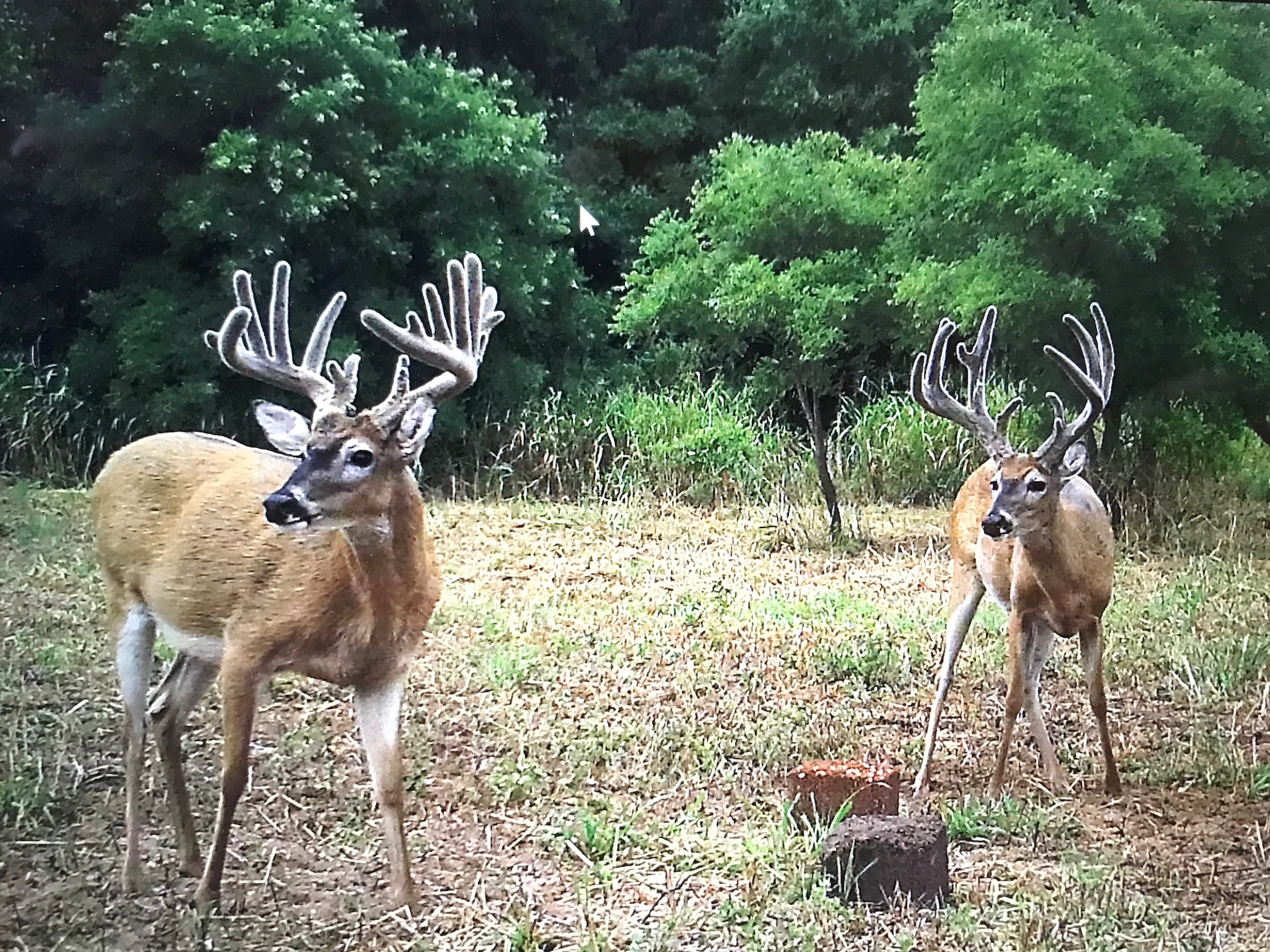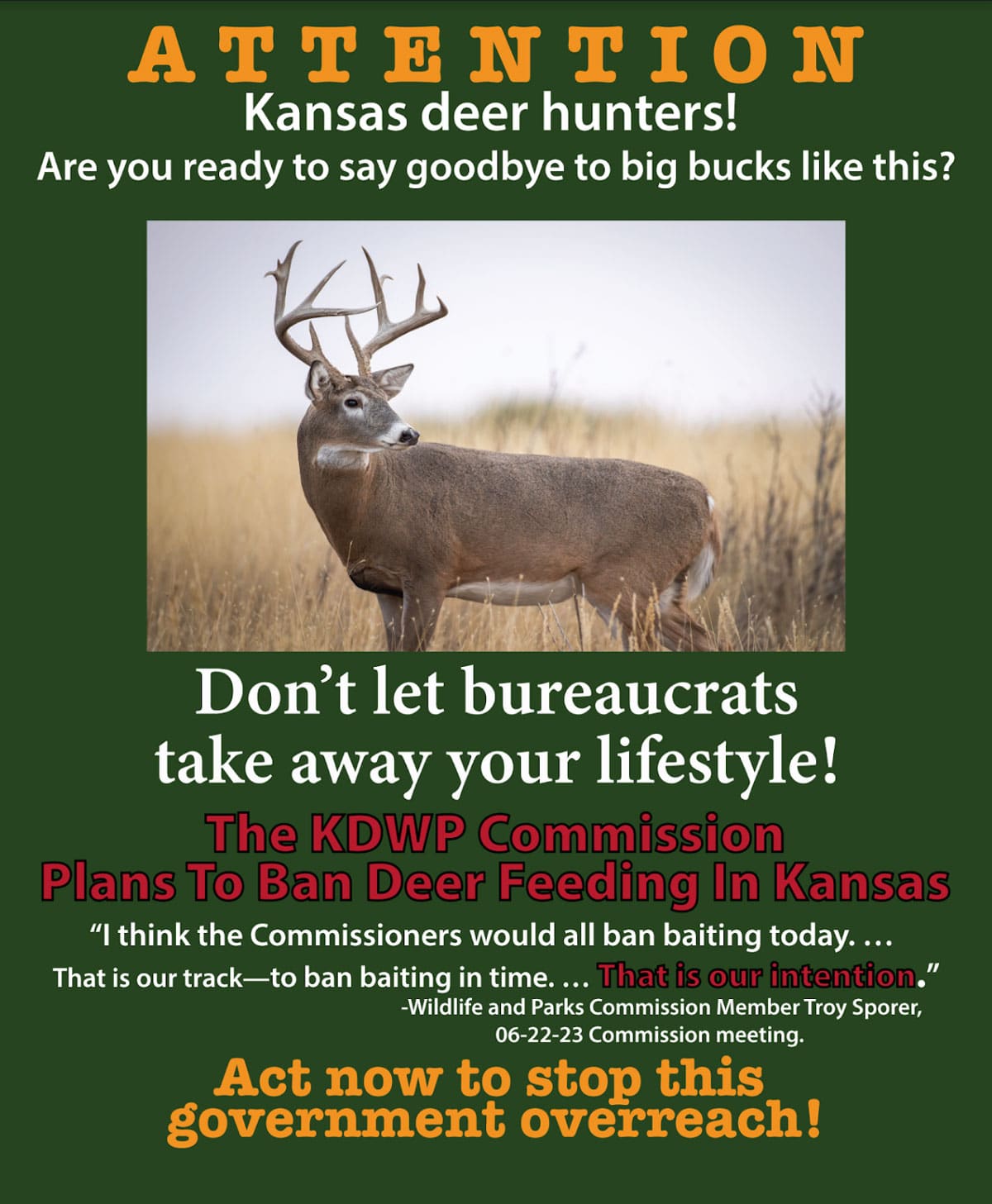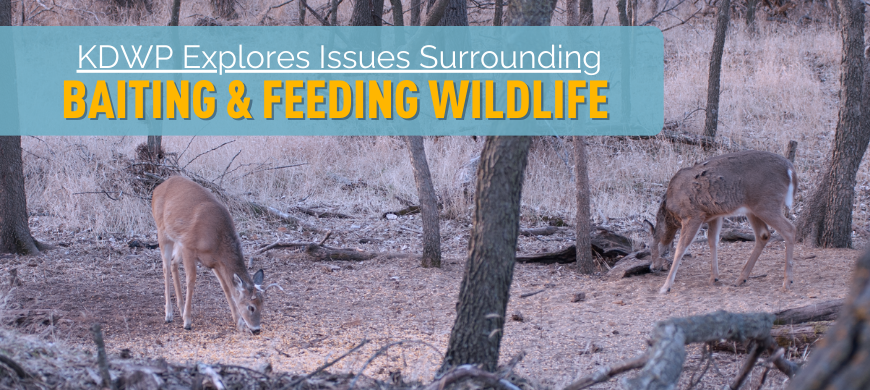Yes, you can bait deer in Kansas. But, there are rules to follow.
Understanding these rules is crucial for a successful hunt. Deer hunting in Kansas can be thrilling. Baiting is a common method hunters use to attract deer. However, Kansas has specific regulations about baiting. Knowing these rules helps you hunt legally and ethically.
This blog will explain the laws about baiting deer in Kansas. We’ll cover what you need to know to stay within the law and still enjoy your hunt. Whether you’re a seasoned hunter or new to the sport, understanding these regulations is key. Let’s dive into the details and help you prepare for a great hunting season in Kansas.

Credit: www.outdoorlife.com
Kansas Deer Hunting Regulations
Kansas has specific regulations for deer hunting. Hunters must follow these rules to ensure sustainable wildlife management. Understanding these regulations is crucial for a successful and lawful hunting experience.
Overview Of Hunting Laws
Kansas has strict hunting laws to protect deer populations. Hunters must follow these rules to avoid penalties. It is illegal to hunt deer at night. Using artificial light to hunt is also prohibited. Hunters must wear hunter orange clothing during firearm season. This helps prevent accidents.
Permits And Licenses
All hunters need a valid hunting license. Non-residents must get a non-resident hunting license. Deer-specific permits are also required. These include antlered and antlerless permits. Hunters can buy these permits online or from local vendors. Each permit allows a specific number of deer to be hunted. Over-harvesting is not allowed.
Baiting Rules In Kansas
Understanding the baiting rules for deer in Kansas is crucial for hunters. Kansas has specific guidelines to ensure fair and ethical hunting practices. Knowing these rules helps you stay within the law and enjoy a successful hunting season.
Legal Baiting Practices
In Kansas, baiting deer is legal on private land. You can use bait to attract deer during the hunting season. It is important to follow the state’s regulations regarding the type and placement of bait.
- Bait can be natural or artificial food.
- Place bait at least 100 yards away from the hunting stand.
- Ensure baiting does not interfere with other wildlife.
Restricted Areas
Baiting is not allowed in certain areas. Kansas has specific zones where baiting is prohibited to protect wildlife and maintain fair hunting practices. Understanding these restricted areas is key for compliance.
| Area | Restriction |
|---|---|
| Public Lands | No baiting allowed |
| Wildlife Refuges | No baiting allowed |
| State Parks | No baiting allowed |
Always check local regulations before baiting. This ensures you follow all rules and avoid penalties. Remember, ethical hunting practices protect our wildlife for future generations.
Types Of Bait Allowed
Deer hunting in Kansas can be exciting. But knowing what bait is allowed is essential. This guide will help you understand the different types of bait you can use. We will cover both natural and commercial baits.
Natural Baits
Natural baits are a great choice for attracting deer. They are often easy to find and can be very effective. Here are some examples:
- Fruits: Apples, pears, and persimmons are popular choices.
- Vegetables: Carrots, corn, and pumpkins work well.
- Nuts: Acorns, chestnuts, and peanuts attract deer.
Using natural baits can sometimes be more effective than commercial ones. Deer are familiar with these foods and often seek them out.
Commercial Baits
Commercial baits are specially designed to attract deer. They come in various forms like blocks, pellets, and liquids. Here are some common types:
- Mineral Blocks: These provide essential nutrients and attract deer.
- Deer Pellets: These are made with grains and other deer-friendly ingredients.
- Liquid Attractants: These can be sprayed on the ground or vegetation.
Commercial baits can sometimes offer added benefits like vitamins and minerals. They are also designed to be highly attractive to deer.
Choosing the right bait can make your hunting experience in Kansas more successful. Whether you opt for natural or commercial baits, knowing what is allowed is key.

Credit: hunternation.org
Best Baiting Strategies
Understanding the best baiting strategies can significantly improve your deer hunting experience in Kansas. Successful baiting involves strategic placement and precise timing. Below are the key strategies to enhance your baiting game.
Placement Of Bait
Where you place your bait is crucial. Choose locations where deer feel safe and are already frequenting. Consider areas like:
- Near water sources
- Along well-used deer trails
- Near bedding areas
Avoid placing bait too close to roads or open fields. These areas can make deer wary. Use natural cover to hide your bait station. Trees and bushes work well.
Timing For Baiting
The timing of your baiting can make a big difference. Consistent feeding times can create a pattern, making deer return to the same spot.
Start baiting a few weeks before the hunting season. This helps deer get accustomed to the bait site. Use a timed feeder to dispense bait at the same time each day.
Morning and late afternoon are ideal times. Deer are most active during these periods. Adjust your timing based on deer activity in your area.
By following these baiting strategies, you can increase your chances of a successful hunt. Remember to follow Kansas hunting regulations and practice ethical hunting.
Ethical Considerations
Deer baiting in Kansas brings up many ethical questions. Hunters must think about the effect on the animals and the practice of fair chase. Understanding these points can help you make the right choices in your hunting activities.
Fair Chase Principles
Fair chase is about giving animals a fair chance to escape. Baiting deer can make hunting too easy. It removes the challenge and skill needed to hunt ethically. Fair chase principles are important to many hunters. They believe that hunting should be a test of skill and patience. Hunting without bait keeps the sport challenging and respects the animal’s natural behavior.
Impact On Wildlife
Baiting can change wildlife patterns. Deer may gather in unnatural groups, spreading disease. This can hurt the deer population and other animals in the area. It is important to think about the impact on wildlife. Baiting can lead to less natural behavior in deer. It can make them dependent on human-provided food. This dependency can be harmful in the long run.
- Increased risk of disease
- Changes in natural behavior
- Dependency on human-provided food

Credit: ksoutdoors.com
Safety Precautions
Kansas law allows deer baiting on private land. Always follow state regulations and use bait safely to avoid accidents.
Baiting deer in Kansas can be an exciting activity. But ensuring safety is crucial. There are several aspects to consider for a safe experience. This section outlines important safety precautions to follow.Avoiding Predators
Wildlife can be unpredictable. Always be aware of your surroundings. Predators like coyotes and bobcats may be nearby. Make noise to alert them of your presence. Carry a whistle or air horn for safety. Always move in groups, if possible. Never leave food scraps behind. It may attract unwanted animals.Proper Gear And Equipment
Wearing the right gear is essential. Use camouflage clothing to blend with the environment. Wear boots with good grip. Carry a first-aid kit for emergencies. A flashlight is useful during low light conditions. Keep a map and compass with you. A GPS device can also be helpful. Ensure your baiting equipment is safe to use. Regularly check for any damages or wear. “`Alternatives To Baiting
For hunters in Kansas, baiting deer can be a controversial topic. While some use baiting, others prefer alternatives. These options can be just as effective. They also support a more natural approach to hunting.
Food Plots
Food plots are a great way to attract deer. Plant crops like clover, soybeans, or alfalfa. These plants are favorites for deer. They provide a reliable food source. Food plots also help improve the soil. This benefits the entire ecosystem.
Creating a food plot requires planning. Choose a location with good soil. Make sure it gets plenty of sunlight. Maintain the plot regularly. This ensures the plants grow well. Healthy plants attract more deer. It is a win-win for the environment and hunting.
Natural Habitat Enhancement
Enhancing the natural habitat is another effective method. Improve areas where deer naturally live. This includes providing water sources. Create watering holes or small ponds. Deer need water daily. They will frequent areas where it’s readily available.
Plant native trees and shrubs. These provide food and cover for deer. Oaks, persimmons, and blackberry bushes are good choices. They offer both food and shelter. Managing the underbrush is also important. It provides hiding spots for deer. This makes them feel safe and secure.
Using these methods promotes a healthy deer population. It also benefits other wildlife. Hunters can enjoy a more ethical hunting experience. They can feel good about contributing to conservation efforts.
Common Mistakes To Avoid
Baiting deer in Kansas requires careful consideration. Many hunters make common mistakes that can hinder their success. Avoiding these pitfalls can improve your hunting experience and ensure you follow the law.
Overbaiting
Overbaiting is a frequent mistake. Hunters often think more bait means more deer. This is not true. Overbaiting can scare deer away. It can also make deer dependent on the bait. This reduces their natural foraging behavior.
Keep baiting simple. Use small amounts. Observe the deer’s response. Adjust the baiting amount as needed. This ensures deer visit the area regularly without becoming suspicious.
Ignoring Local Regulations
Another common mistake is ignoring local regulations. Kansas has specific rules for baiting deer. Not following these rules can result in fines. Worse, it can lead to the loss of hunting privileges.
Always check the latest regulations. These rules can change yearly. Visit the Kansas Department of Wildlife, Parks, and Tourism website for updates. This helps you stay informed and avoid legal issues.
| Mistake | Impact |
|---|---|
| Overbaiting | Scares deer, disrupts natural behavior |
| Ignoring Local Regulations | Fines, loss of hunting privileges |
Frequently Asked Questions
Is It Legal To Bait Deer In Kansas?
Yes, it is legal on private lands. Not allowed on public lands.
When Is Deer Baiting Allowed In Kansas?
Deer baiting is permitted during deer hunting season. Check local regulations for specific dates.
What Types Of Bait Can Be Used For Deer In Kansas?
Common baits include corn, apples, and other grains. Avoid using illegal substances.
Are There Penalties For Illegal Baiting In Kansas?
Yes, fines and hunting license suspension may apply. Always follow state regulations.
Can I Bait Deer On Public Land In Kansas?
No, baiting deer on public land is prohibited. Only allowed on private property.
Conclusion
Baiting deer in Kansas requires knowing the rules. It helps ensure legal hunting. Always check current regulations before you bait. Respect wildlife and hunting ethics. Following these guidelines benefits everyone. Stay informed and hunt responsibly. Enjoy your time in nature!